Nandalal Bose, the master who illustrated the Indian Constitution
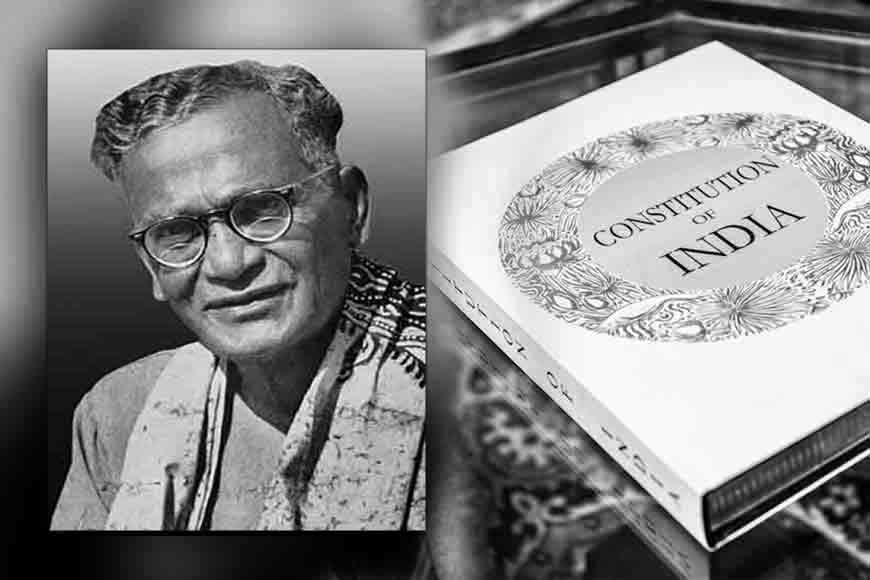
Drafting of Indian Constitution was a monumental task, but what about handwriting it and then illustrating it with relevant motifs from across India? Indian Constitution happens to be one of the rarest constitutions of the world that has a hand-written version in the form of a well-preserved manuscript, with illustrations that have a close resemblance to Mughal, Jain and Pal treatises
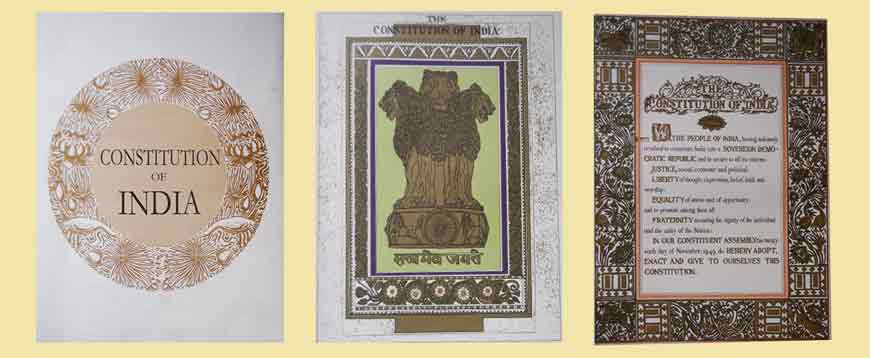
After drafting of the Indian constitution, it was decided by the then political parties of independent India, that it should have a hand-written version too. The task was given to Prem Behari Narain Raizada (Saxena) from Delhi. He decided to write it in a flowing Italic style. But illustrations had to be done too to give the draft a facelift and aesthetic beauty. And for that, one needed an artist of great caliber, who would adorn it to capture the true essence and spirit of India, her diversity and her underlying unity. Pandit Jawaharlal Nehru suggested the name of none other than Nandalal Bose from Santiniketan, one of the greatest artists of his time and a direct disciple of none other than Rabindranath Tagore. By then, Bose’s ‘Indian style of painting’ had been praised worldwide.
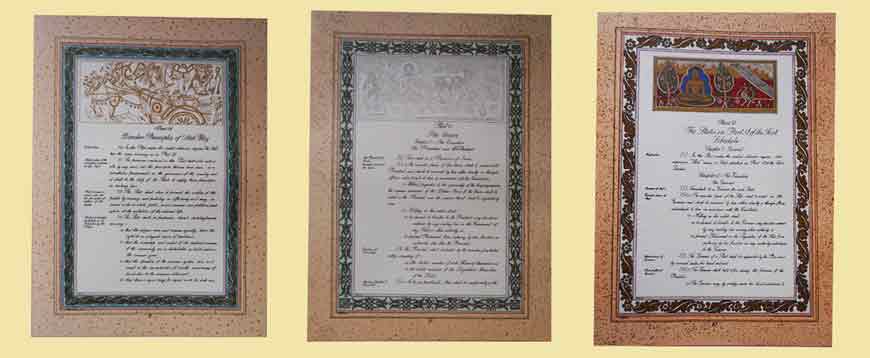
Pandit Jawaharlal Nehru suggested the name of none other than Nandalal Bose from Santiniketan, one of the greatest artists of his time and a direct disciple of none other than Rabindranath Tagore. By then, Bose’s ‘Indian style of painting’ had been praised worldwide.
Nandalal Bose, along with his team of talented artists from Santiniketan, created twenty-two unique illustrations on the manuscript of the Indian Constitution. The different illustrations included the seal of Mohenjodaro, the Vedic gurukul, scenes from Ramayana and Mahabharata, portraits of Gautama Buddha, Mahavira, Shivaji, Guru Gobind Singh, Tipu Sultan, Rani Lakshmibai, role of Emperor Ashoka in spreading Buddhism, trade and industry during Gupta period, court of King Vikramaditya, sculptures from Odisha, Nalanda, the Nataraj, Mahabalipuram, Emperor Akbar and Mughal architecture, Gandhiji’s Dandi March, Gandhiji’s visit to riot hit Noakhali, Netaji Subhash Chandra Bose and his Azad Hind Fauj. The paintings also highlighted the country’s geographical diversities and landscapes with the mighty Himalayas in the backdrop. This handwritten Constitution was later published using photo lithography technique under supervision of The Survey of India at Dehradun.
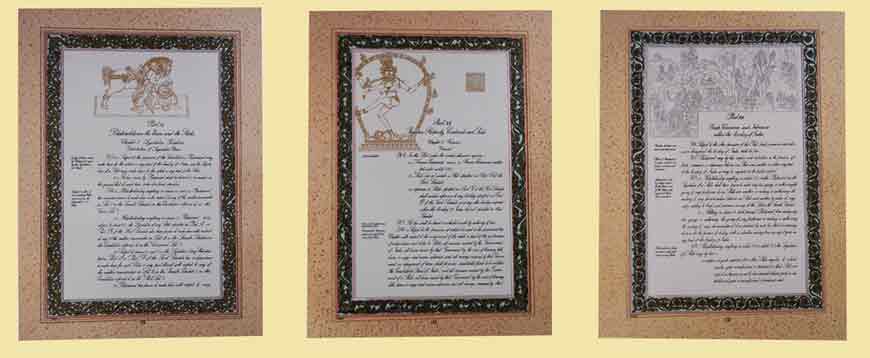
Very few countries in the world can boast of such a beautiful hand-written constitution that came with ornamented borders and illustrations. It was indeed a masterpiece and Nandalal Bose’s unique artistry gets reflected in every illustration. The handwritten version was also calligraphed both in English and Hindi, but was never typed or printed. The original copies are kept safely inside helium filled cases in the library of Parliament of India. If you are ever lucky, you might get to see these artistic splendour!
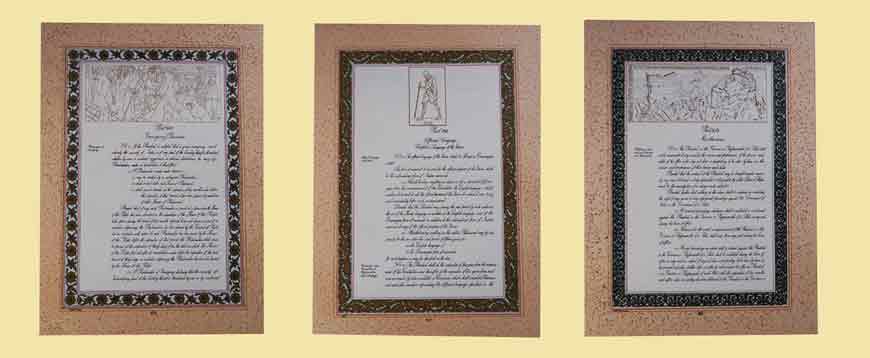
Debdutta Gupta is an art-historian and professor at St Xavier’s College, Kolkata











